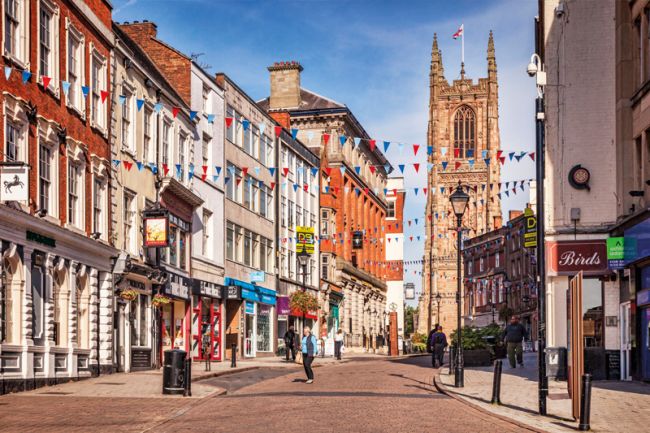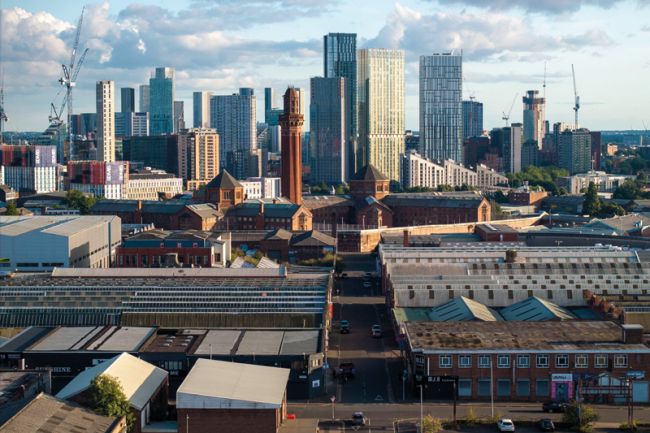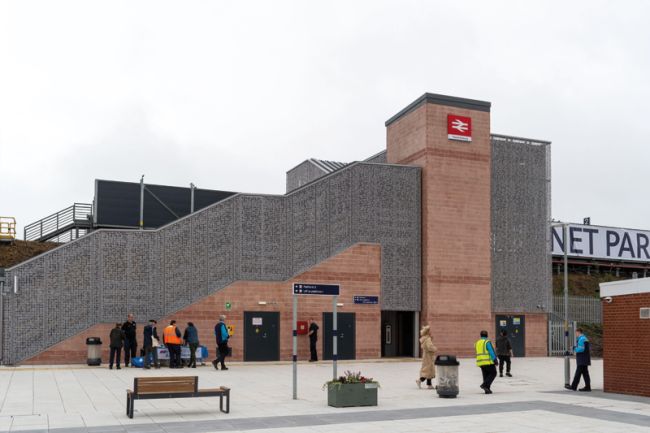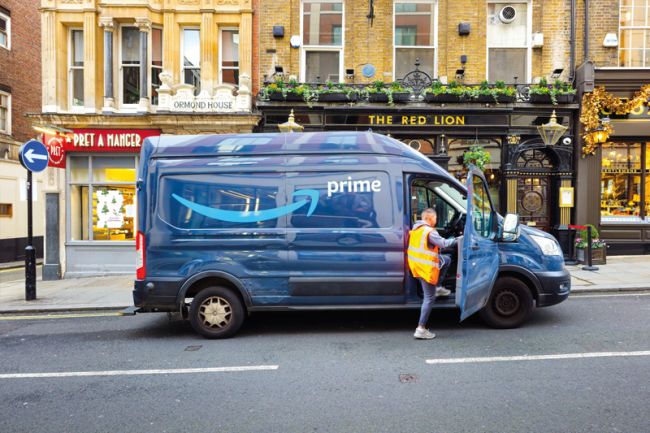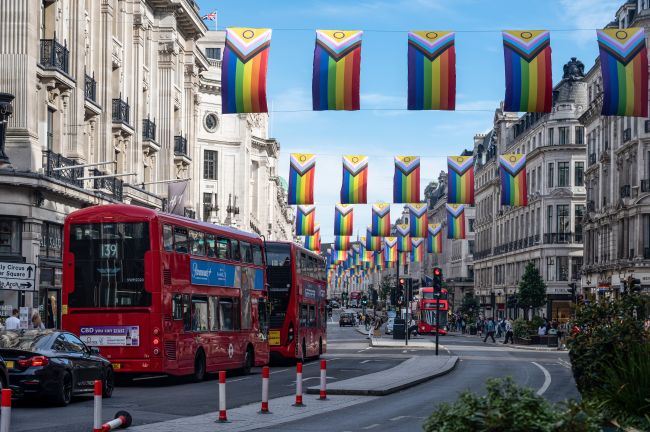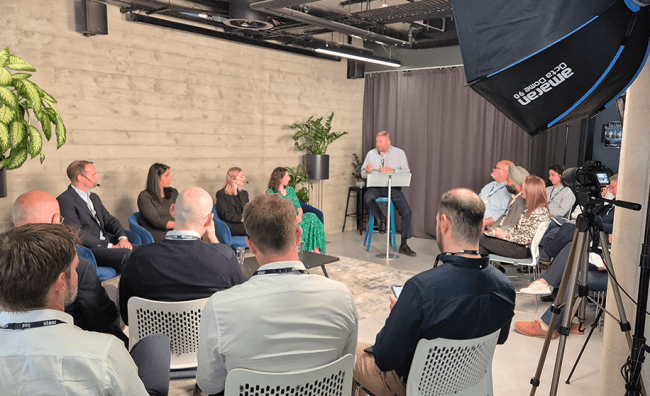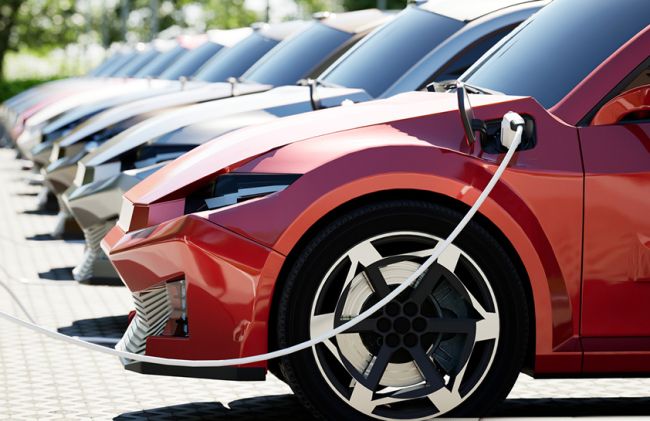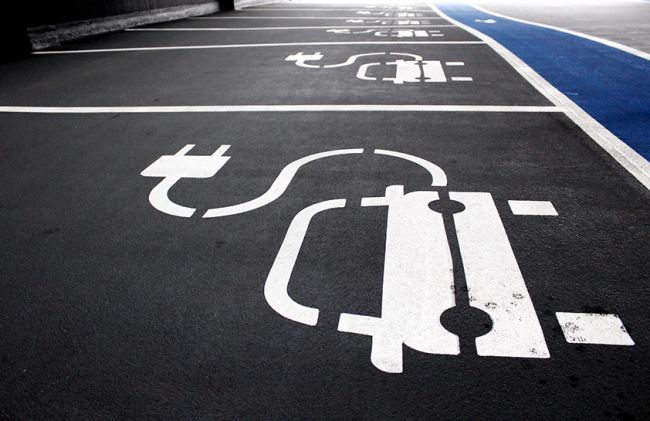What’s the plan for transport planning?
The UK government’s ‘Plan for Drivers’ was met with amazement in some quarters of the transport planning community when it was announced.

The UK government’s ‘Plan for Drivers’ was met with amazement in some quarters of the transport planning community when it was announced in early October.
Following high-profile controversies surrounding the introduction of 20mph speed limits in Wales and the expansion of the Ultra Low Emission Zone (ULEZ) in London, the document sets out a plan to make the lives of motorists easier. Its purpose is ostensibly to support drivers, but in doing so it could undermine an enduring consensus in the transport planning industry: that private vehicle numbers and their negative health, environmental and social impacts need to be managed.
Until the Plan for Drivers arrived, transport planners delivered projects in line with the DfT’s 2021 offering, ‘Decarbonising transport: a better, greener Britain,’ and I believe that despite this new approach, we should continue doing so. Decarbonising transport and making life easier for drivers are not mutually exclusive objectives, and a low-carbon approach to transport doesn’t have to translate into aggressive anti-driver traffic management measures. Our decarbonisation planning should be about giving people a choice on how, when and if they travel.
So how do we, as transport planners, build a better transport network without being perceived as anti-motorist? How do we meet the needs of all whilst also considering the climate, cost-of-living, and migration crises? Because transport is not just about getting from A to B; it influences our living standards, health and quality of life – positive or negative.
Firstly, we must step back and not think about car drivers, bus users, pedestrians, or cyclists in silos. We need to think about the needs of users more generally and consider what they want from the transport system. What are their preferences and priorities? How are these differentiated across different demographics, journey purposes and geographies? We need to make our future transport network more user-centric to ensure that it meets the needs of the people it serves. After all, car drivers can also be pedestrians and many cyclists also use public transport.
At the recent Local Transport Summit in Sheffield, sponsored by Steer, the need to think holistically about communities when planning was a hot topic. The roundtable discussion I helped facilitate focused on the climate crisis vs. the cost-of-living crisis and many of the delegates talked about how solutions for both crises could be mutually beneficial. In discussing a pathway to decarbonising transport which would also benefit communities, the solution of 'vision-led' planning was raised.
In recent years I have helped several clients with vision-led planning (also known as ‘vision and validate’ or ‘decide and provide’) which enables decision makers to have an outcome-driven approach while considering all transport users. Vision-led planning is essential to the future of transport planning, and something we shouldn’t deviate from as our industry becomes increasingly politicised. During uncertain times, a strong vision for where we want to be can help us manage progress by always keeping the endpoint in mind. Furthermore, enabling communities and stakeholders to have a say in what a better future means for them will only benefit us further down the line when we start to engage with the public around interventions to deliver the vision.
The transport planning industry has a big part to play if the UK wants to meet its Net Zero targets by 2050 and many uncertainties remain surrounding what a future transport network will look like. We can however be confident of one thing; as we move closer to a general election, our industry will be placed further under the spotlight and is likely to be caught in the crossfire of divisive rhetoric.
So, what’s the plan for transport planning? How do we continue to support our clients whilst maintaining the value that our industry provides? I say we keep calm, carry on, and keep working towards that vision.





